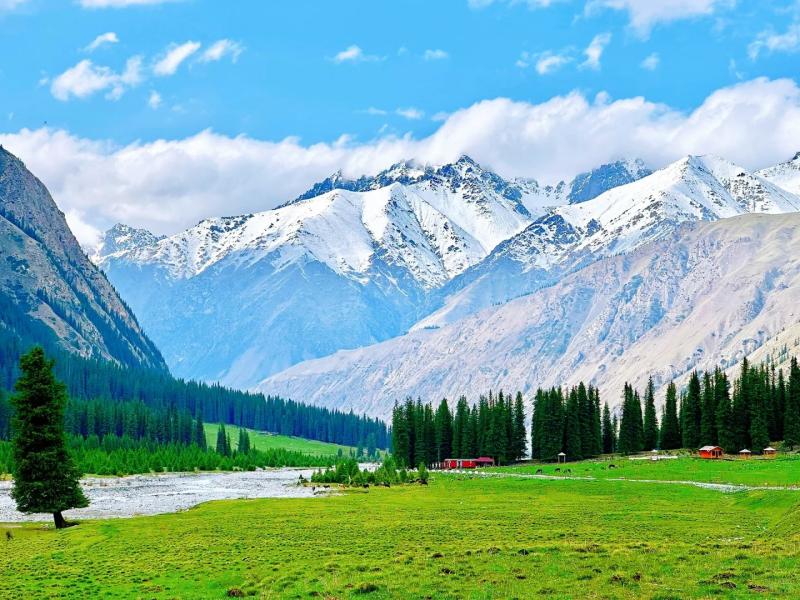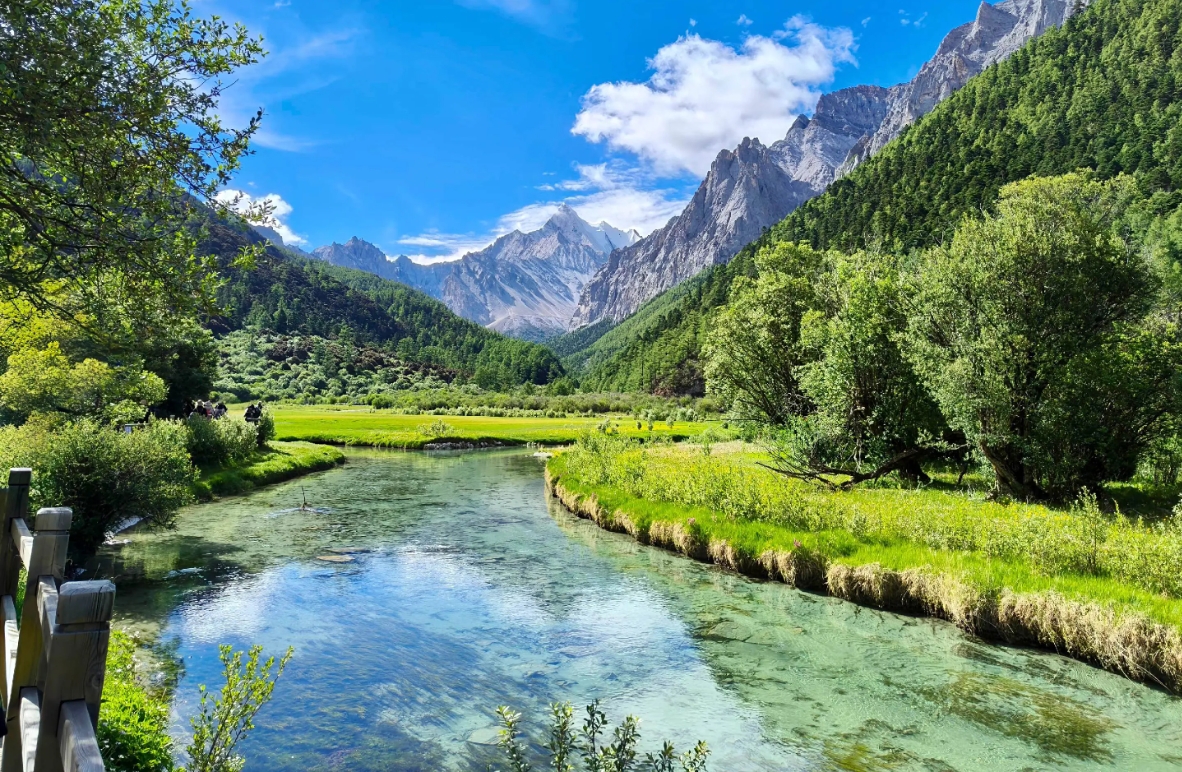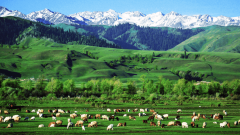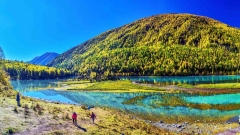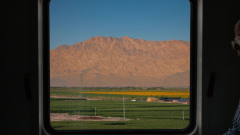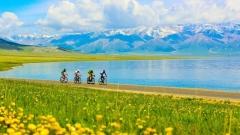Planning a trip to Xinjiang, China’s vast and mysterious northwest region? With its diverse cultures, stunning landscapes, and Silk Road heritage, Xinjiang is a dream destination for many adventurous travelers. But for first-timers, the region can feel overwhelming. Here are 10 essential tips to help you prepare for a smooth and unforgettable journey:
1. Xinjiang Is Huge – Plan Accordingly
Xinjiang is the largest province in China, even bigger than Germany, France, and the UK combined. Travel times between destinations like Urumqi, Kashgar, and Kanas can take hours—or days. Don’t try to cover everything in one trip. Focus on either Northern Xinjiang (nature & lakes) or Southern Xinjiang (Silk Road culture & deserts).
2. Best Time to Visit
The ideal time to visit depends on your itinerary:
-
May–October: Best overall weather and access to most scenic areas.
-
July–August: Peak season for wildflowers and grasslands.
-
September–October: Golden autumn colors, especially in Kanas and the Populus Euphratica forests.
3. Xinjiang Has Its Own Time Zone
While the official time is still Beijing Time (GMT+8), locals often use Xinjiang Time (GMT+6) for daily life. Shops may open later and meals are eaten at different hours. Be flexible and confirm times with locals.
4. Ethnic Diversity Is Part of the Charm
Xinjiang is home to 47 ethnic groups, including Uyghurs, Kazakhs, Tajiks, and Hui. You’ll experience a mix of cultures, languages, foods, and traditions. Dress modestly and respect local customs, especially in Southern Xinjiang.
5. Internet Access & VPN
Foreign websites like Google, Instagram, or WhatsApp are restricted. If you need them, install a VPN before arriving in China. Wi-Fi is widely available, and local apps like WeChat are essential for communication, maps, and even payments.
6. Cash Is Out, Mobile Pay Is In
Most locals use WeChat Pay or Alipay for everything—from street snacks to hotels. Foreigners can now link international cards to WeChat/Alipay, but it’s a good idea to bring some cash (RMB) as a backup, especially in rural areas.
7. Security Checks Are Common
Xinjiang has more visible security than other parts of China. Expect frequent ID checks, bag scans, and police checkpoints, especially at train stations, public squares, and city entrances. Always carry your passport.
8. Dress for All Climates
Xinjiang’s weather is highly variable. It can be 35°C in the Turpan desert and 10°C in the mountains—on the same day. Bring layers, sunscreen, a hat, and comfortable walking shoes.
9. Try the Local Food (It’s Amazing)
Don’t miss:
-
Lamb skewers (yang rou chuan)
-
Big plate chicken (da pan ji)
-
Uyghur hand-pulled noodles (laghman)
-
Nang bread and dried fruits
Halal food is widely available. Always check local dining hours, especially during Ramadan in Muslim-majority areas.
10. Join a Local Tour for Remote Areas
While it’s possible to travel independently in cities, visiting places like Tashkurgan, Karakul Lake, or Kanas is more convenient with a local tour—especially for permits, transportation, and language support.
Ready to Explore Xinjiang?
Let us help you discover this magical region safely and deeply. Join one of our small group tours across Southern Xinjiang, Northern Xinjiang, or customized Silk Road routes.
View our Xinjiang tours:
https://www.chinadragontravel.com/china-city-tours/xinjiang-tours/



